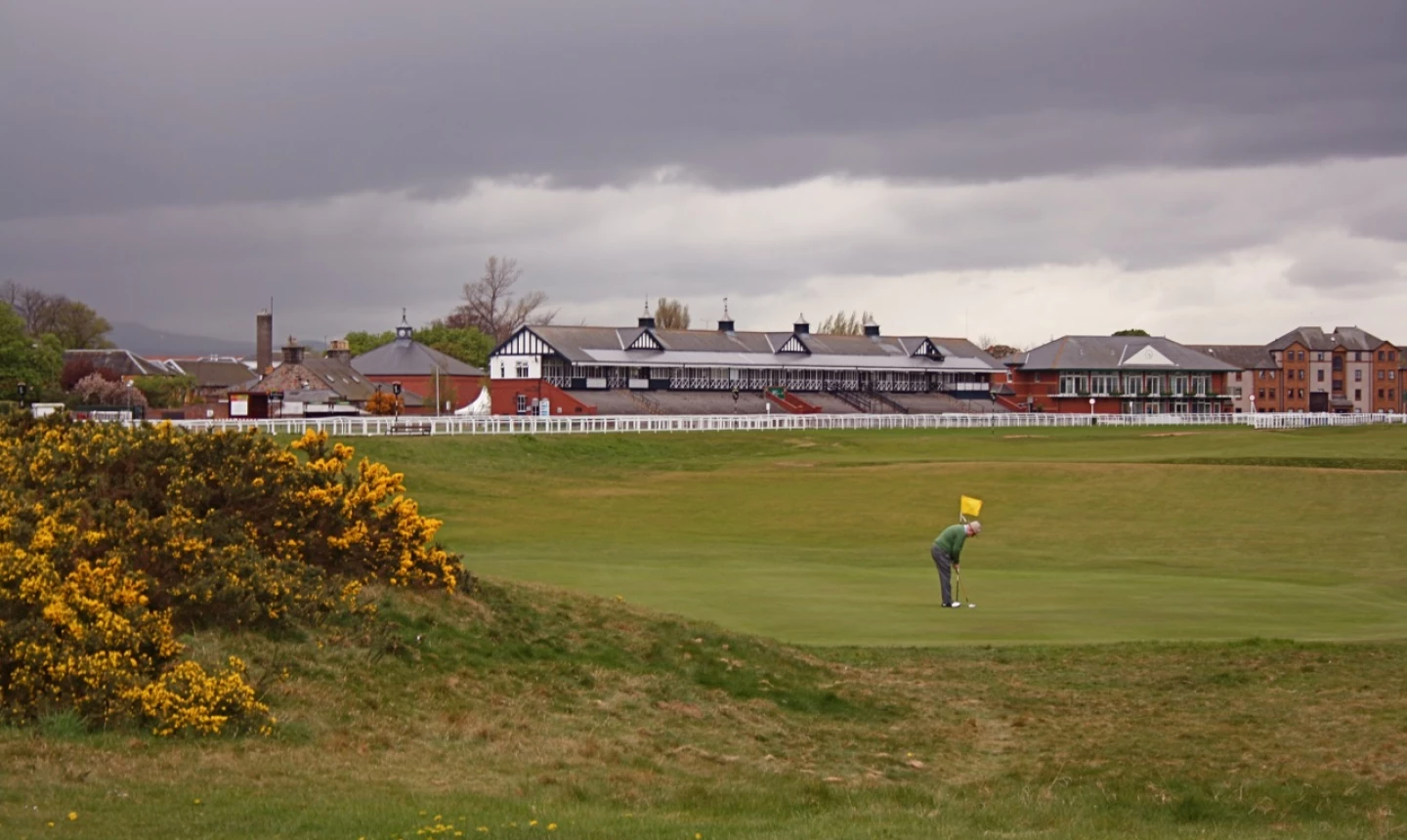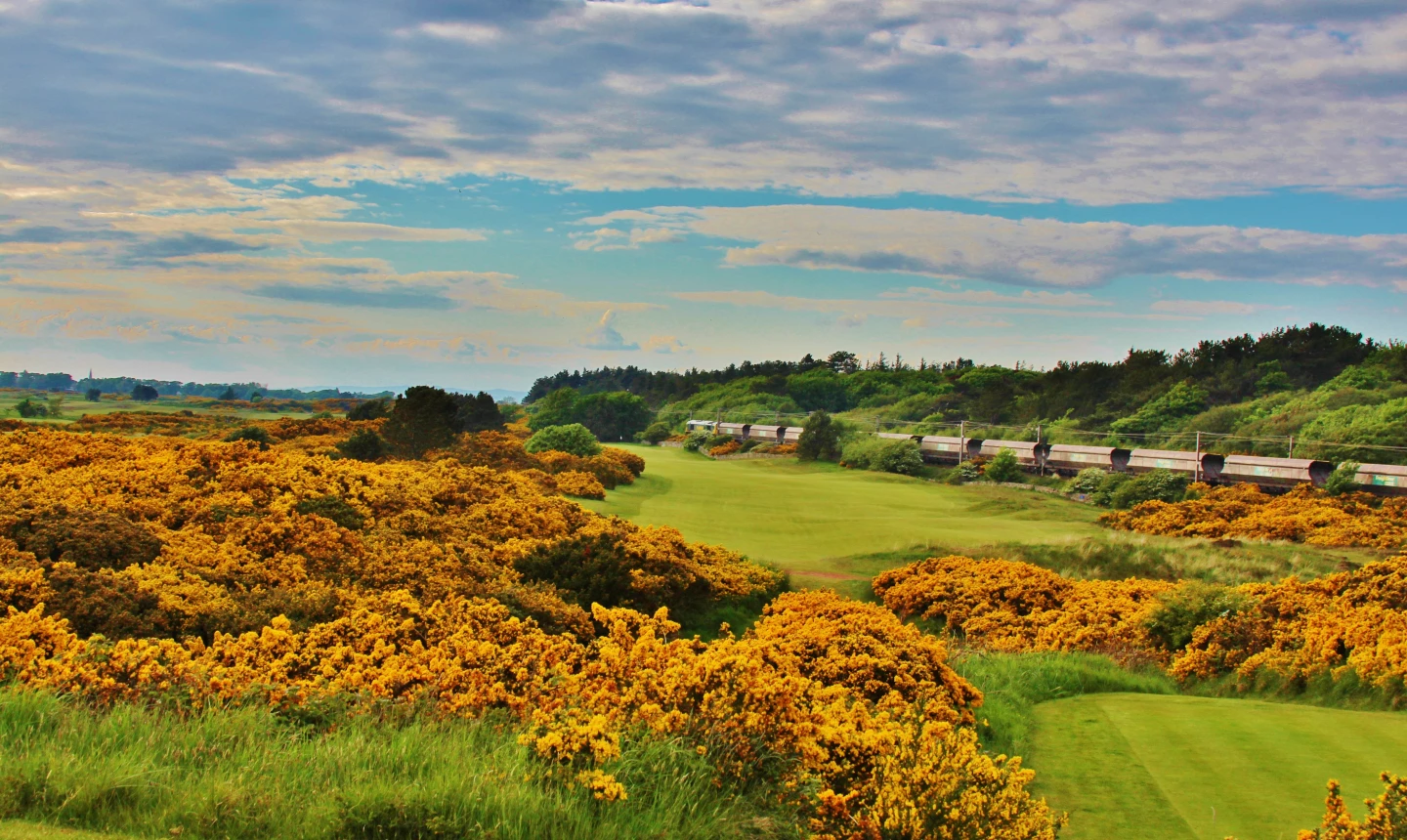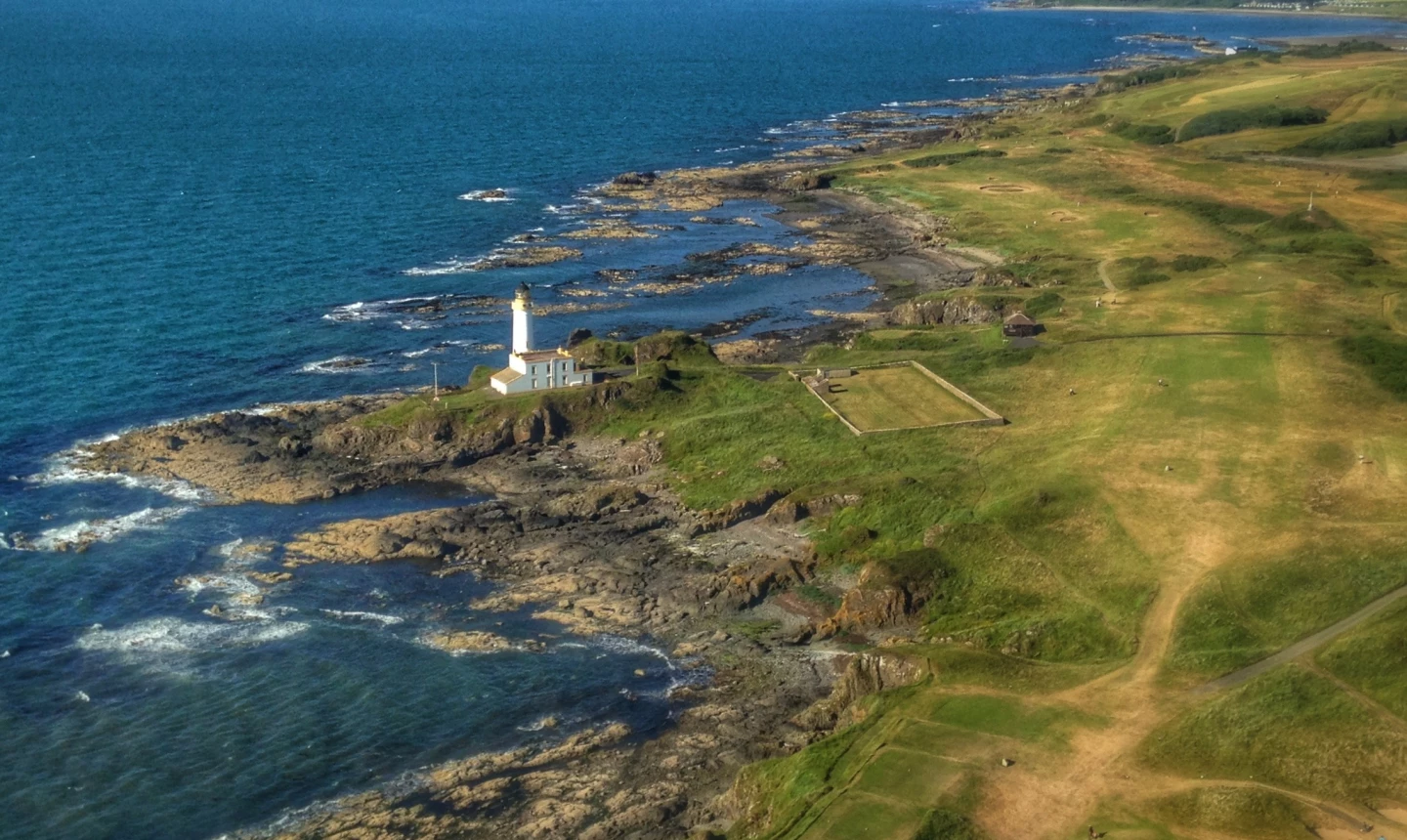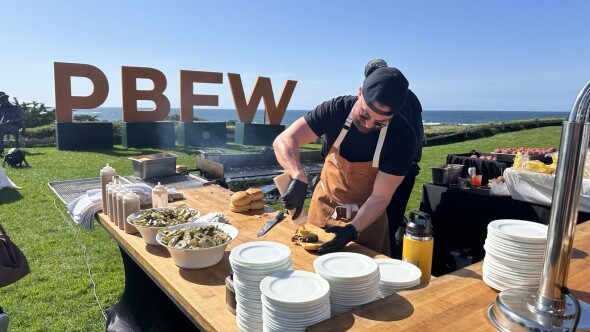The Open venues read like the who's who of the world's best links golf courses.
Seven different Scottish links have hosted The Open since its inception in 1860. Five currently remain in the rotation - if you believe that Muirfield's efforts to revote on allowing women members will get it back in the good graces of the R&A. This fivesome has hosted an astonishing 64 Opens combined.
The 2015 Open was the 29th on the Old Course at St. Andrews. This year, the Old Course at Royal Troon gets a turn, followed by Carnoustie Golf Links in 2018.
The experience of playing every one of these fascinating links has defining characteristics and even a drawback or two. Here are their pros and cons:
Pros: What's not to love about St. Andrews? There's been so much history contested across 29 Opens that almost every feature of the links has a recognizable name. The Valley of Sin. Hell Bunker. The Swilcan Bridge. Tiger's eight-shot romp in 2000 remains the gold standard for scoring at a major with a 19-under-par total. Putting from anywhere, even when 50 yards short of the double greens, and its location in the heart of town give St. Andrews an endearing charm.
Cons: It's pricey and difficult to get on the Old Course. Many believe the Old Course is an acquired taste that only comes to life after learning its nuances.
Pros: The image of Frenchman Jean Van de Velde standing in the Barry Burn on the 18th hole symbolizes the torment Carnoustie inflicts on golfers. Van de Velde's triple-bogey seven on the final hole squandered his chances for a claret jug in 1999. None of the seven Open champions at Carnoustie -- Tommy Armour, Henry Cotton, Ben Hogan, Gary Player, Tom Watson, Paul Lawrie and Padraig Harrington -- have shot more than 7-under par for 72 holes, a direct result of battling arguably Scotland's toughest track. Shooting a good score will be something to brag about to friends.
Cons: They call it "Carnasty" for a reason. A round can feel like a slog, especially on a mostly flat site so lacking in scenery and spender.
Pros: Since buying the resort in 2014, Donald Trump has worked with the R&A and architectural firm of Mackenzie & Ebert to modernize this iconic links. The Ailsa Course's holes at nos. 6, 9, 10, 11 and 14 have been completely revamped, along with the reshaping and positioning of bunkers and new tees and green positions on many other holes. A 10-million-pound upgrade of the clubhouse and new Duel in the Sun restaurant were completed in 2015. Two of Turnberry's four Opens rank among the best of all time. A young Tom Watson outgunned Jack Nicklaus in the "Duel in the Sun" in 1977. Decades later, an ageless Watson lost a disheartening playoff to Stewart Cink in 2009. There's so much to see during the round: Ailsa Craig off-shore, the Turnberry lighthouse, the war memorial cross above the 12th green and the impressive five-star hotel set on a ridge.
Cons: Trump's green fees will likely price-out most golfers, and the distance from a major city -- St. Andrews, Edinburgh and Glasgow -- keeps the resort somewhat isolated.
Pros: This 7,202-yard par-71 course, dating to 1878, seems to have a soft spot for the good guys. Americans have won the past six Opens (out of eight total) at the course Colin Montgomerie grew up playing along the Ayrshire coast. One-hit wonders Tom Weiskopf, Mark Calcavecchia, Justin Leonard and Todd Hamilton secured their lone major championship at Royal Troon. Two of the most memorable holes in links golf -- the par-3 "Postage Stamp" at no. 8 and the par-4 11th hole called "The Railway" -- highlight the day.
Cons: The first six holes run right along the coast, but they don't deliver much in the way of water views. The membership at Royal Troon wisely voted to allow women into the club in advance of the Open, avoiding a major headache.
Pros: Muirfield's fair yet exacting test of golf generates endless love from critics and players alike. Wild bounces that occur on other links remain the exception, not the rule, at Muirfield. It's why many believe the Harry S. Colt course continues to crown the best champions across its 16 Opens: Harry Vardon (1896), James Braid (1901, 1906), Walter Hagen (1929), Gary Player (1959), Jack Nicklaus (1966), Lee Trevino (1972), Tom Watson (1980), Nick Faldo (1987, 1992), Ernie Els (2002) and Phil Mickelson (2013). Muirfield's setting does not invoke Turnberry, although it's still got some nice views of the Firth of Forth.
Cons: Muirfield -- home of The Honourable Company of Edinburgh Golfers -- only offers public tee times on Tuesdays and Thursdays, making it tough to secure a game without planning well in advance. Muirfield's exclusivity and tradition of wearing jacket and ties in the clubhouse at all times -- not to mention the controversial stand against women as members -- are a major turnoff for some.
Pros: Only the Old Course at St. Andrews has hosted more Opens than Prestwick (29 to 24). The club hosted the first dozen Opens from 1860 to 1872 with the last coming in 1925. The 6,908-yard Old Course might be too short and too quirky to host today, but it's still a legendary links that is a must-play along the Ayrshire coast. The clubhouse houses treasured old photos and memorabilia worth touring before or after the round.
Cons: The wild blind shots require taking a caddie or playing with a member. I didn't have either during my round in 2013 and felt entirely lost and helpless. Even with someone to tell you where to hit it, you won't feel entirely comfortable until you play the links at least twice. Most Americans only get one crack at it and come away feeling unsatisfied.
Pros: The nine holes set inside the Musselburgh Race Track is touted as the oldest course in the world still in existence. It's best to play this par-34 layout with hickories rented from the pro shop. If you close your eyes, maybe you can envision the way the game was played centuries ago. Billboards located near the second tee give players a sense of golf's historical timeline. Musselburgh is truly a living museum of golf.
Cons: You have to be a real diehard to appreciate such a scruffy nine-holer. Playing over and around the railings of the race track can seem a bit odd. Its 2,954 yards are no match for modern golf balls and titanium drivers.


















